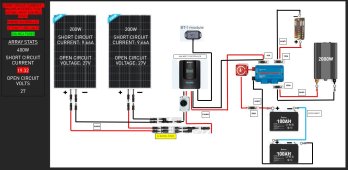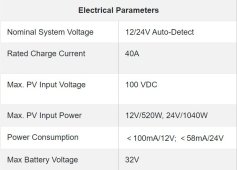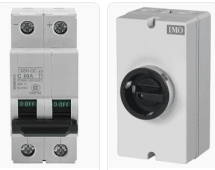Greetings solar friends,
I am getting my first camper van in the following weeks and with getting that purchase squared away comes the real fun part in building out my vans solar buildout.
I have been utilizing a lot of Explorist.life diagrams, videos and as many things as I can find to try and make this all make sense in my head as anything electrical is quite scary to me since I am not the most handy.
I wanted to include my most recent diagram for my build and vet it with the community and see if I am on the right track as well as see if I am making any glaring mistakes that might result in me blowing up my van.
I appreciate any and all advice here since electrical set ups are very new to me.

Best,
Beef
I am getting my first camper van in the following weeks and with getting that purchase squared away comes the real fun part in building out my vans solar buildout.
I have been utilizing a lot of Explorist.life diagrams, videos and as many things as I can find to try and make this all make sense in my head as anything electrical is quite scary to me since I am not the most handy.
I wanted to include my most recent diagram for my build and vet it with the community and see if I am on the right track as well as see if I am making any glaring mistakes that might result in me blowing up my van.
I appreciate any and all advice here since electrical set ups are very new to me.

Best,
Beef





